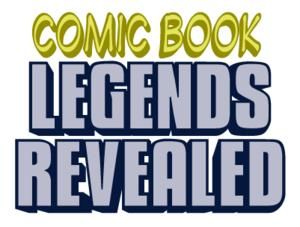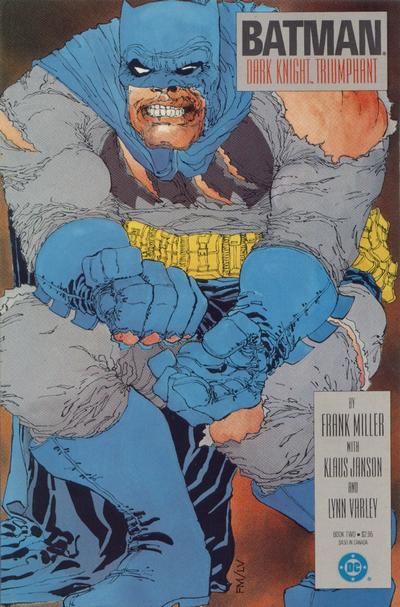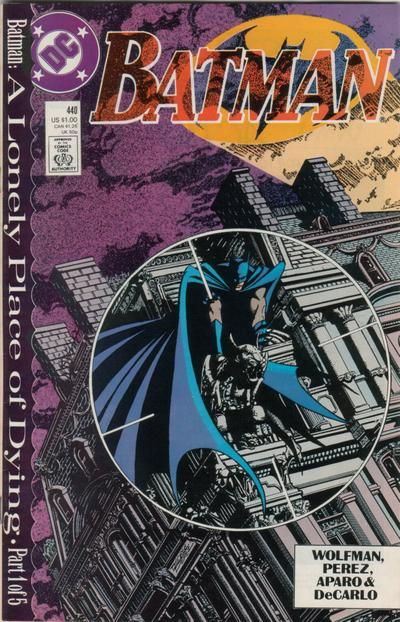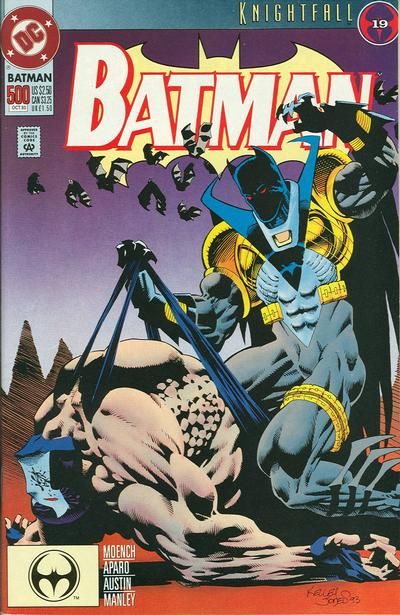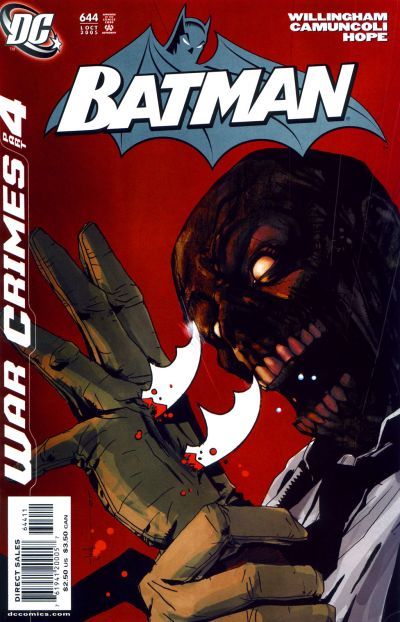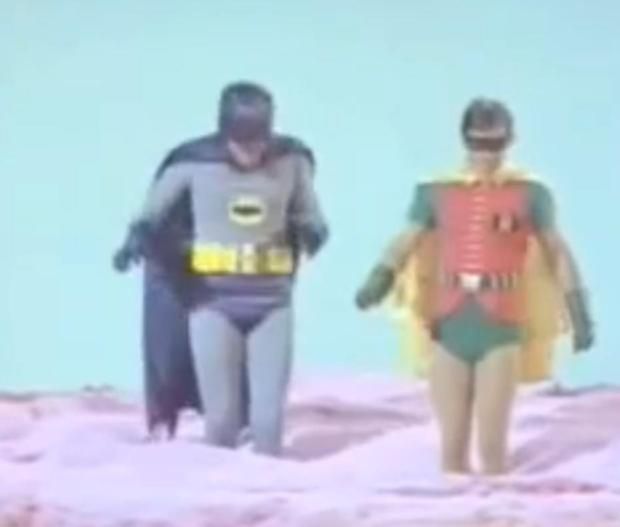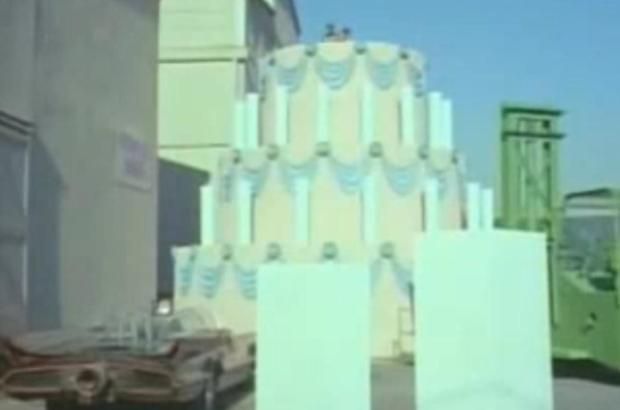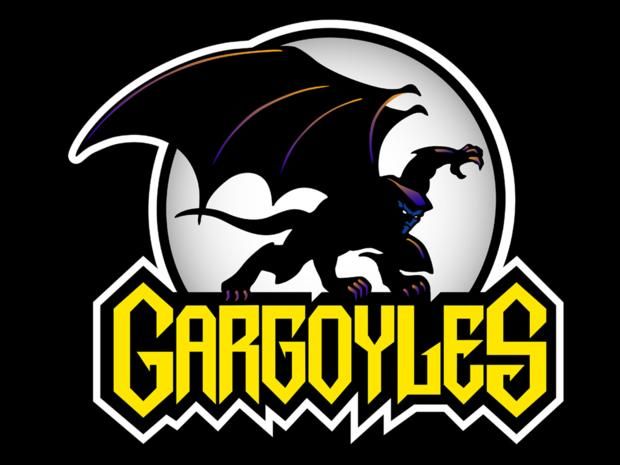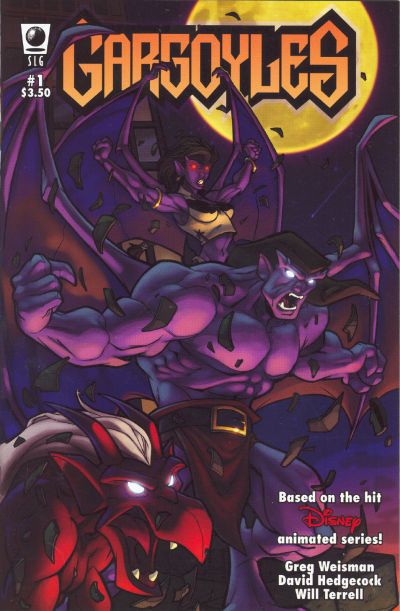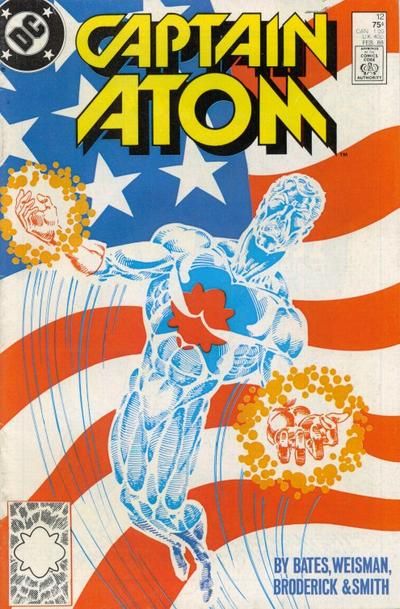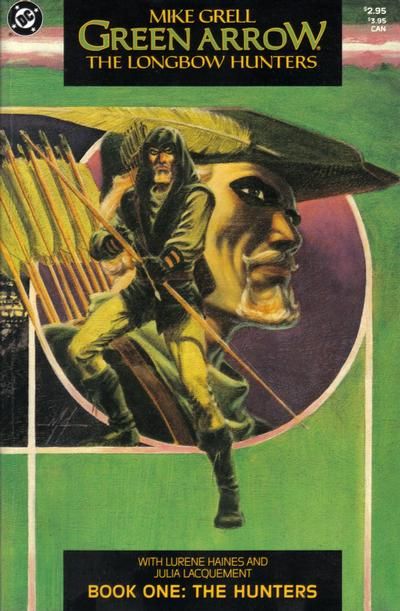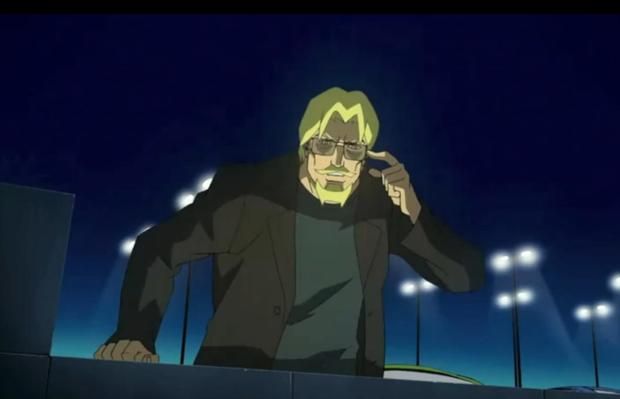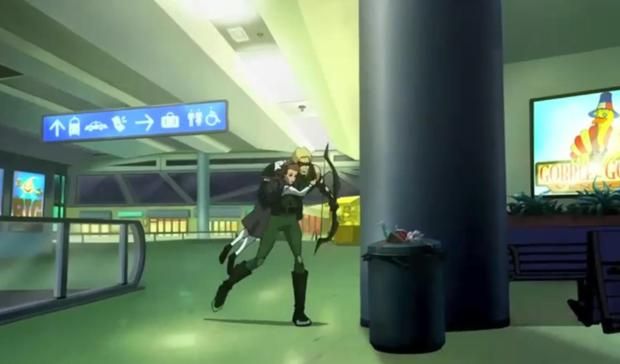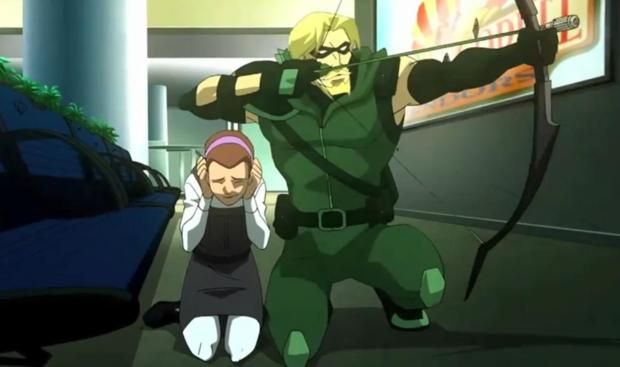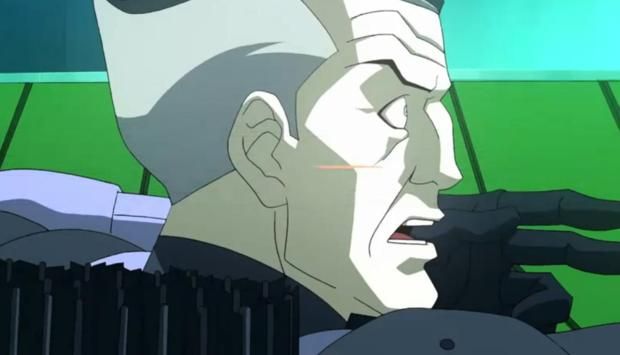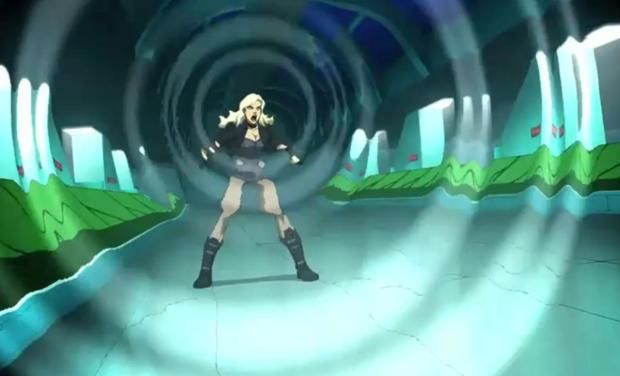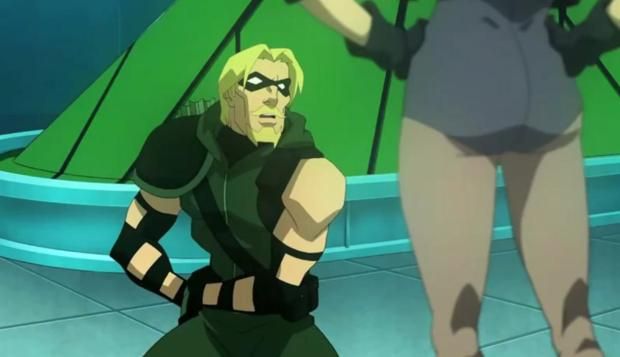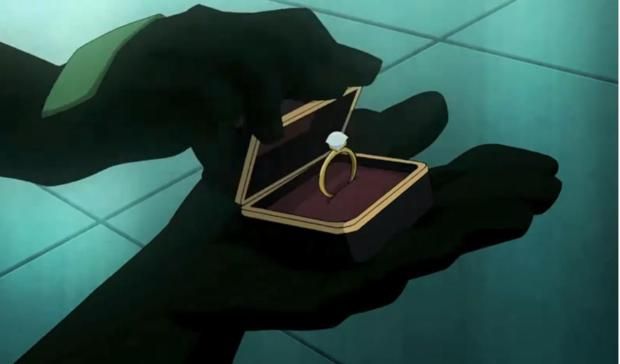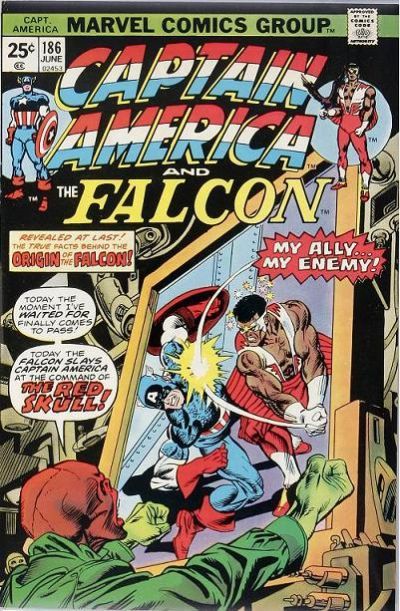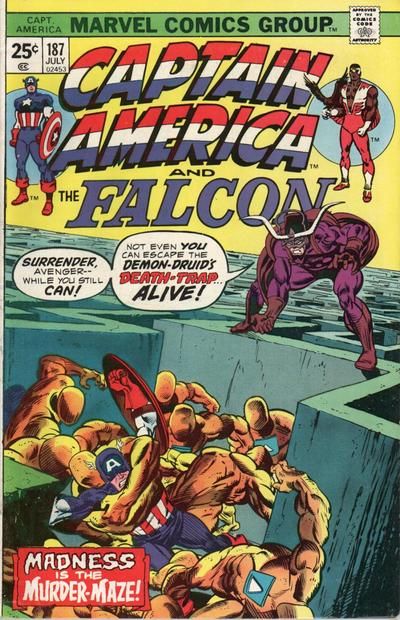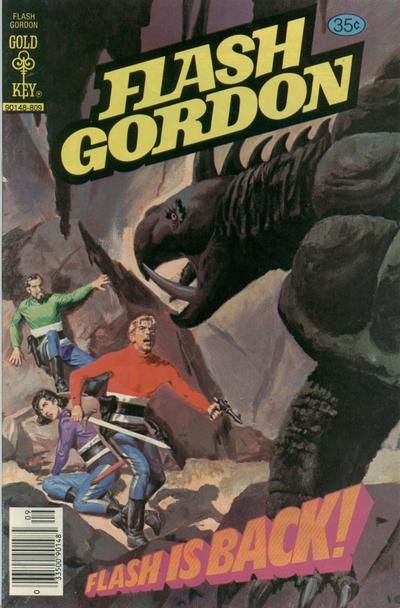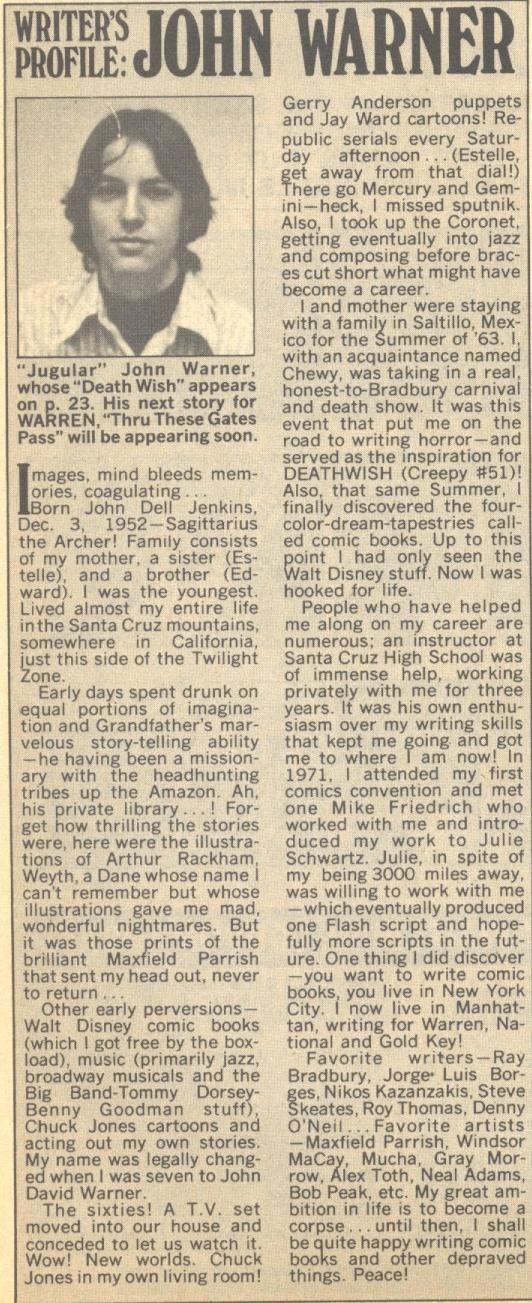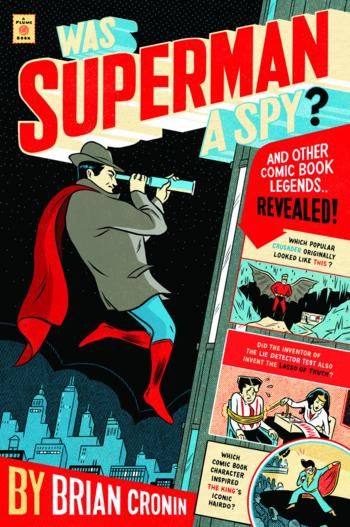Welcome to the two-hundred and ninety-seventh in a series of examinations of comic book legends and whether they are true or false. Click here for an archive of the previous two hundred and ninety-six.
Comic Book Legends Revealed is part of the larger Legends Revealed series, where I look into legends about the worlds of entertainment and sports, which you can check out here, at legendsrevealed.com. I'd especially recommend you check out this installment of Music Legends Revealed to learn the scoop behind Jon Bon Jovi's first professional song recording! Plus, what exactly is the deal with AC/DC's name? Come sort through all the crazy conspiracy theories to find out the truth!
Follow Comics Should Be Good on Twitter and on Facebook (also, feel free to share Comic Book Legends Revealed on our Facebook page!). We've hit the 2,000 follower mark, so as promised, this Wednesday, I'll have a BONUS edition of Comic Book Legends Revealed for you all! In addition, if we hit 3,000, you'll also have the option to get another bonus edition of Comic Book Legends the week after we hit 3,000. So go follow us (here's the link to our Twitter page again) to get that extra Comic Book Legends Revealed! Not only will you get updates when new blog posts show up on both Twitter and Facebook, but you'll get original content from me, as well!
Let's begin!
COMIC LEGEND: The phrase "grim and gritty" first appeared in connection with Batman...on the 1960s Batman TV series!!
STATUS: True
The term "grim and gritty" is sort of a catch-all phrase used to describe the trend since the mid-1980s to make superhero comics, well, grim and gritty.
Typically, Alan Moore's Watchmen and Frank Miller's Dark Knight Returns are credited with inspiring this trend...
but really, you could go much further back than that if you'd like. I suppose, though, Moore and Miller's works were SO popular that people tended to follow their leads more so than other similar works.
Heck, Batman was so "grim and gritty" at one point that it even became a plot point where a young boy, Tim Drake, feels Batman has gotten TOO grim and gritty, and needed a Robin to balance him out...
Later, DC even took the idea to the next level by replacing Bruce Wayne with a SUPER grim Batman for a time!
However, when Bruce returned, the stories still got pretty grim and gritty at times.
But anyways, what is and is not "grim and grittY" is not really the point here, the point is that, amazingly enough, the term actually appeared...in the 1960s Batman TV series!!!
Yep, in the second season episode, "Batman's Anniversary," the cliffhanger of the two-parter was that Batman and Robin were trapped in quicksand on top of a giant anniversary cake (a fiendish plot by the Riddler)...
Well, in the opening of the next episode, "A Riddling Controversy," the announcer, as he was wont to do, set up the cliffhanger again and told the audience, "A grim and gritty end awaits them unless something awfully good happens awfully fast."
Now, it is highly unlikely that whoever coined the term "grim and gritty" after Dark Knight Returns was specifically referring to that Batman episode, but still, it's very cool to note that the campy Batman series used that precise term.
Credit goes to Tom Peyer (comic book writer extraordinaire) who discovered the usage and told his friend, Mark Waid (who, interestingly enough, ALSO writes comic books), who confirmed the usage and wrote about it in the introduction to the Infinite Crisis novelization. Which is where reader Travis Pelkie saw it and wrote to me suggesting that I use it here.
Thanks to Tom, Mark and Travis!
COMIC LEGEND: In a recent DC animated short, Greg Weisman picked up a plot point that he was going to explore 25 years earlier in a mini-series that was scrapped when Mike Grell took over the Green Arrow mythos.
STATUS: True
Greg Weisman has had a long and successful career in animation, as both a writer and a producer. He is perhaps most known for the acclaimed TV series, Gargoyles, which he developed and showran.
After the series ended, he even wrote a comic book series continuing the story...
Of course, Weisman was no stranger to comic books, and I don't just mean from his extensive work on animated series based on comics (right now he is producing the Young Justice TV series, for instance), but when he was a very young man, Weisman worked on staff at DC Comics, and in the late 1980s into the early 1990s, he wrote Captain Atom with Cary Bates...
Well, around 1983/1984, when Weisman was roughly 21 years old, he began work on a pitch for a Black Canary mini-series. The pitch was approved and Weisman began work on the four-issue series, with art by comic book veteran Mike Sekowsky. The pace was slow-going, but by 1985, Sekowsky had drawn the first issue and had begun on the second issue.
Weisman planned on tying in with the acclaimed Alan Moore short story featuring Green Arrow and Black Canary, and in Weisman's mini-series, the relationship between Arrow and Canary would progress to the next level. I don't know if he was going to actually go so far as to have them get engaged, but close to it.
However, around this time, comic book great Mike Grell was being drawn to DC Comics by newly minted editor Mike Gold, and Gold pitched Grell on doing with Green Arrow what Frank Miller had done with Batman (Grell had drawn Green Arrow for a time in the Green Lantern/Green Arrow series). Grell agreed, and the Longbow Hunters was begun.
Grell, though, specifically did NOT want Ollie and Dinah to be engaged, so Weisman's long-awaited comic book debut was squelched.
Too bad, but at least Grell's Green Arrow was good!
Fast forward more than two decades later, and Weisman was writing the script to DC Showcase: Green Arrow, a short animated feature included as an extra on the Superman/Batman: Apocalypse DVD last year.
In the feature, Oliver Queen is at th airport waiting to pick up his girlfriend, Dinah Lance.
Of course, this being comics, Ollie is drawn into an assassination plot to kill a young princess (the evil archer Merlyn is the guy set to kill her) and he quickly has to switch into his Green Arrow gear.
There's an awesome sequence where Ollie shows he can hit Merlyn any time he wants...
Anyhow, after the guy who set Merlyn after the princess shows up, so does Dinah, and Black Canary lends a hand...or a shout, as it were...
And at the end of it all?
Green Arrow proposes!
Twenty-five years later, but Weisman got to get at least part of his story told!
Thanks to Greg Weisman, who shared this nifty story to reporters at last year's San Diego Comic Con.
COMIC LEGEND: "John Warner" was a pseudonym used by Steve Englehart during the 1970s.
STATUS: False
Reader Patrick P. wrote in last month to ask:
Recently at CBR, we had a thread about Damon Hellstorm, the Son of Satan, and I pointed out that while the Steve Gerber issues were very good (although mostly ignored in favor of his excellent Man-Thing work), the John Warner issues of the Son of Satan monthly were much better. Warner's name only appeared for a brief time in comics during the '70s, but nearly all of his stories were quite good. A few people have suggested that "John Warner" was a pseudonym for Steve Englehart. While I know that Englehart on occasion used the pseudonym "John Harkness", I've never heard that he may have used "John Warner". That said, those Warner stories, particularly in Son of Satan, do have an "Englehart on Dr. Strange" feel. So, who was John Warner? Was he Steve Englehart under another guise, or is he just another good creator who did a little work in the comics medium then moved on?
Well, I honestly couldn't tell you what John Warner is up to nowadays (if someone can, please drop me a line), but I can tell you he is an actual person.
In fact, one of his earliest works at Marvel was scripting Steve Englehart's last issue of Captain America!
Warner wrote the next issue by himself.
He worked on a number of books for Marvel in the 1970s, and then had a long run on Flash Gordon for Gold Key/Whitman, from the late 1970s into the early 1980s.
However, Warner was born five years after Englehart and was working at Warren Publishing while Englehart was busy at Marvel Comics.
In fact, from 1973's Creepy #51, here is John Warner's biography...
Thanks to Patrick for the question!
Okay, that's it for this week!
Thanks to the Grand Comics Database for this week's covers! And thanks to Brandon Hanvey for the Comic Book Legends Revealed logo!
Feel free (heck, I implore you!) to write in with your suggestions for future installments! My e-mail address is cronb01@aol.com. And my Twitter feed is http://twitter.com/brian_cronin, so you can ask me legends there, as well!
Here's my book of Comic Book Legends (130 legends - half of them are re-worked classic legends I've featured on the blog and half of them are legends never published on the blog!).
The cover is by artist Mickey Duzyj. He did a great job on it...(click to enlarge)...
If you'd like to order it, you can use the following code if you'd like to send me a bit of a referral fee...
Was Superman a Spy?: And Other Comic Book Legends Revealed
See you all next week!

